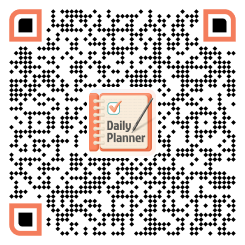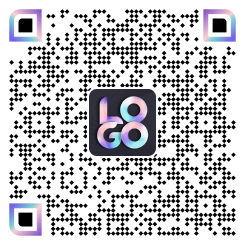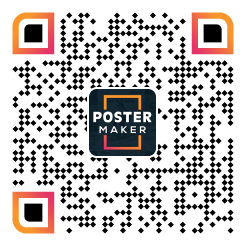One of the essential components of designing a logo is gaining the client’s trust. Clients are frequently unfamiliar with graphic design. They aren’t expected to be aware of the design’s intricacies. Graphic design is a skilled job that belongs to graphic designers. On the other hand, customers are involved in creating their logos because they are the clients and ultimate validators. Here you know about ways to present logo design concepts.
Even though logos are designed to help businesses, designers choose whether logos are appropriate for conveying a brand message. At best, a client can respond to a logo with a simple yes or no. However, the client cannot define what is wrong with a logo or its most advantageous characteristics.
Role Of A Designer
A logo designer‘s role is to explain why that particular business symbol is appropriate for the company. As a result, the designer’s satisfaction with the logo design is insufficient. More importantly, the designer must persuade the client of the design’s utility and how it will aid in the development of the company’s brand identity.
Persuading a client to accept a logo design is a communication issue. Therefore, a logo designer must know how to communicate the logo’s most important attributes to the client.

Points to consider when presenting logo
1. Talk About The Design Characteristics
When contacting a client regarding the logo design, don’t ask them what they think. Because designers are expected to explain the procedure rather than ask questions, this will confuse the client. As a result, it’s always safer and preferable to focus on the design’s most important aspects.
The client is curious as to why that particular logo is beneficial to the organization and its operations. That is an excellent way to start a conversation between the client and the designer. In this manner, the client has something on which to base his or her decision.
2. Focus On Company Objectives

Ask after explaining the logo whether they agree that the logo satisfies the goals outlined throughout the brief. The client will give a clear response this way. One can expect to hear a resounding yes. However, if the logo fails to fulfill the objective, one should expect feedback. In that scenario, the input will be constructive and will assist the designer in developing a more effective solution.
As a result, inform the client of the objectives discussed. Explain how the logo speaks to the target audience and accurately portrays the company’s brand identity. Also, mention how the logo stands out among a sea of symbols from the same industry. Finally, examine the logo concerning the objectives.
3. Have A Clear Idea

Make sure to have a comprehensive design brief at all times. However, some clients fail to deliver it and instead rely on the designer to do the task. Create the brief in that case. Ask related queries to the clients or do some research about the company. One should be aware of the logo’s target clients and markets.
After completing the design brief, get the client’s approval. One can comfortably proceed to design the logo once everything is specified in brief. In reality, for other graphic design goods like business card design, a detailed brief is critical. This method guarantees that the designer and client are on the same page.
4. Show The Practical Usage
Clients have many reservations about the logo because they aren’t sure whether it will work for their businesses. As a result, show the logo in some real-life scenarios and give examples.
Show them how the logo will appear on their products, digital signage, websites, and business cards, among other things. Then, as a result, show them how the logo will appear on the client’s website and other marketing materials. Create a brand guide for logo making and logo usage across different platforms.
Businesses use promotional materials such as pens, umbrellas, and other items to promote their products or services. The logo does not have to be printed. Get computer-generated images of these elements and the logo instead. Mockups created in Photoshop can also be used. Clients will be able to see the brand in real-life circumstances as a result of this.
5. Use The Suitable Mockups
Mockups are valuable tools for providing a visual representation of the final product that is easy to understand. A layout alone may not always be enough to persuade the client of the value of the logo design. Most designers, however, misuse mockups. Mockups are divided into two categories. The first is a mockup for portfolios, and the second is a mockup for presentations.
Designers frequently present clients with portfolio mockups, which is an incorrect strategy. Logos, business cards, and Apple products on a table may be appropriate for developing our profile. However, one issue with this strategy is that people read the information on a business card when having it in their hands rather than on the table. When you want to convey critical features of your logo design, utilize presentation mockups rather than layout mockups.
Also, they are creating their logo with logo mockups using PhotoADKing.
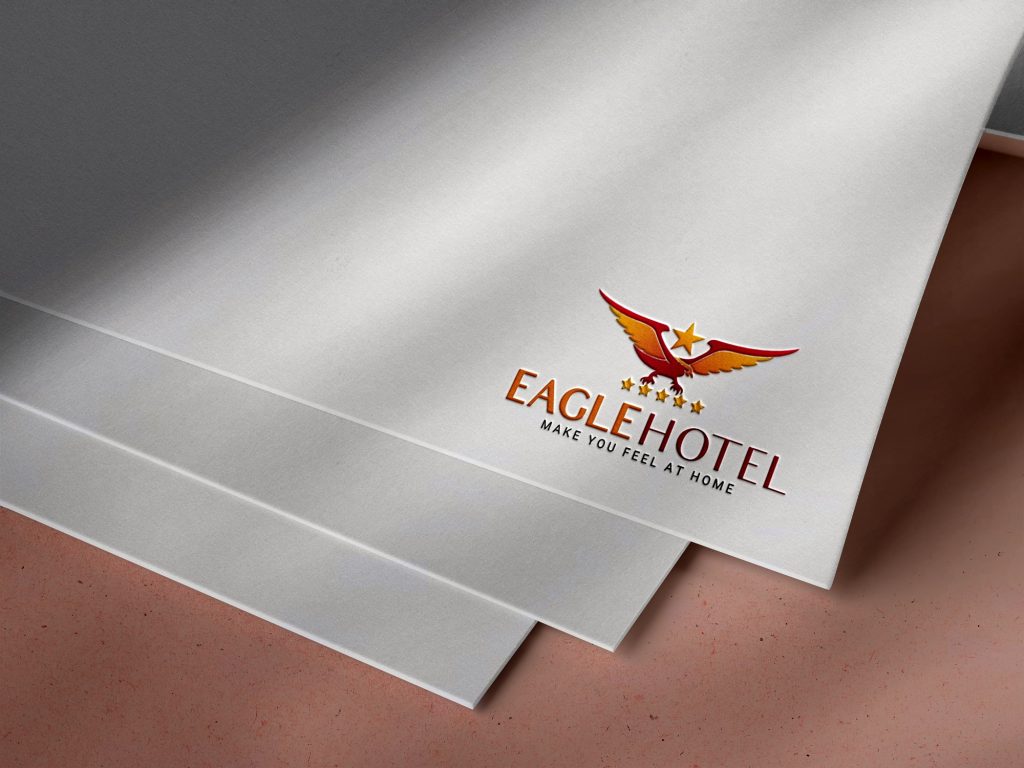
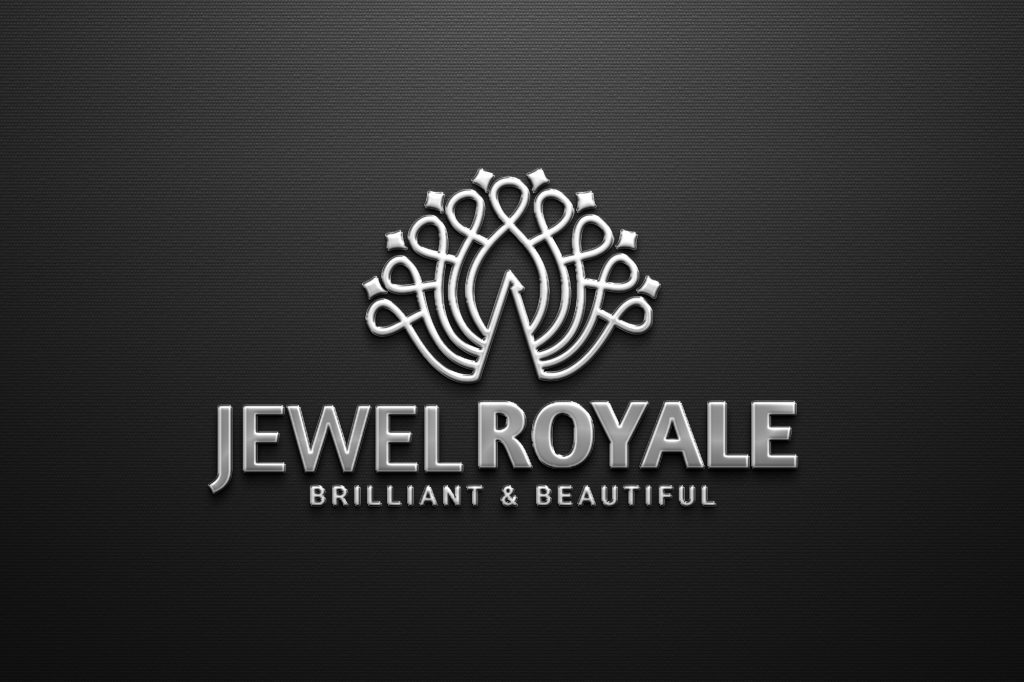
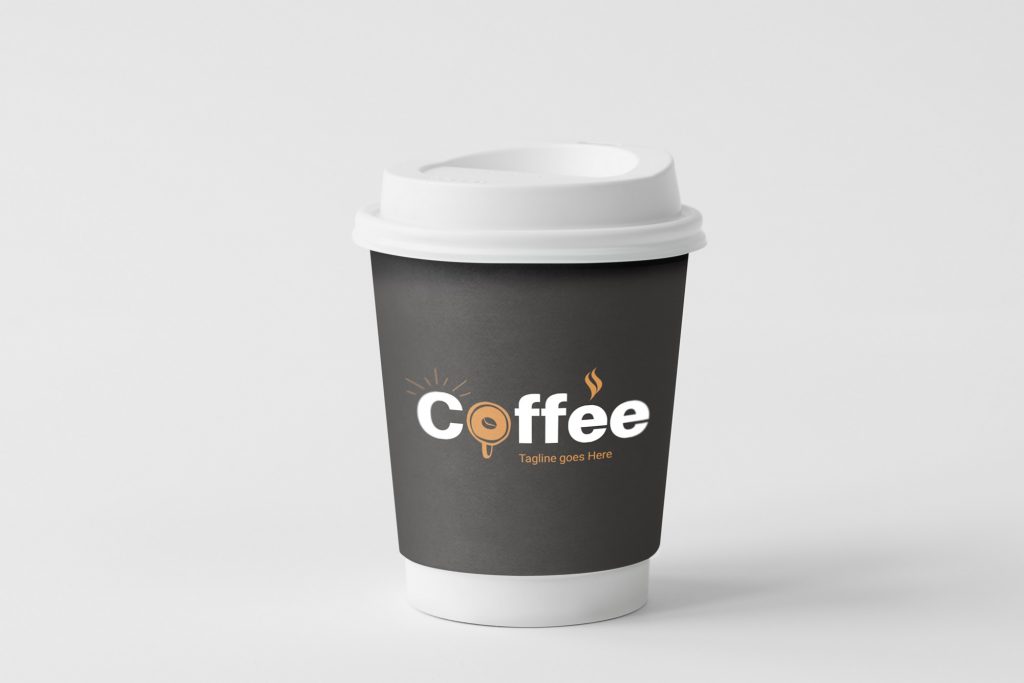
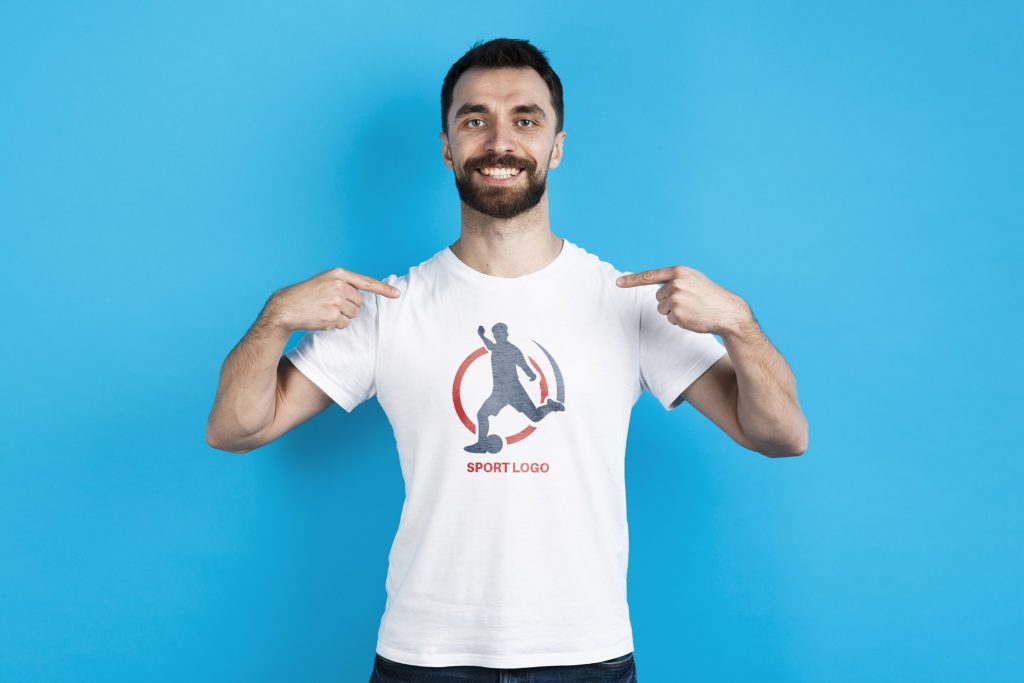
6. Express The Idea With Slides
Present the branding in slides to the client. Use a single-color version that is small. These slides should describe how their company’s logo design works. The client will be able to visualize the logo’s utility in this manner. During the presentation, the designer can explain these slides.
7. Maintain The Composure

Some clients bombard the designer with inquiries and put their patience to the limit. Many of them have a hard time receiving feedback. So, when showing the logo, maintain composure. Remember that they are more knowledgeable about their industry and target market than you are.
When they ask a question, remind them of the mutually agreed-upon company objectives. Allowing the client to emphasize a personal perspective is not a good idea. Instead, make the client aware of the design’s professional attributes.
Also, You can learn about how to make a 3D logo with PhotoADKing
Recommended Read:
- Business Logo Design Ideas
- Creative Logo Design Tips
- Logo Samples
- Logo Dimensions
- Logo Designers Vs. Design Templates
- 100+ Best Logo Design Examples
- 10 Best Logo Layout Ideas
Final Thoughts
So, those were some of the essential elements to think about when presenting the logo design to a client. Always remember that logo designing is for the client, not for yourself. If the client has any suggestions for improvement, one should take the middle road and alter the logo.
But don’t give in and agree to the reasonable and pertinent proposals. Instead, remind the customer that his or her happiness is unimportant. The target audience’s reaction should ultimately be the criterion for determining the logo’s usefulness to the company.





